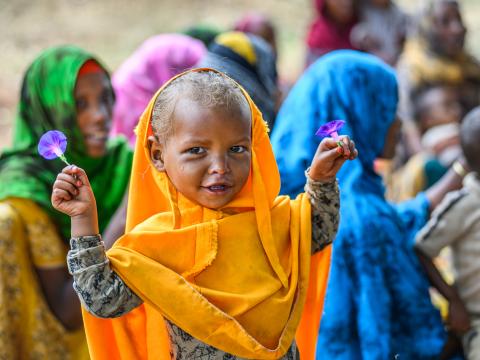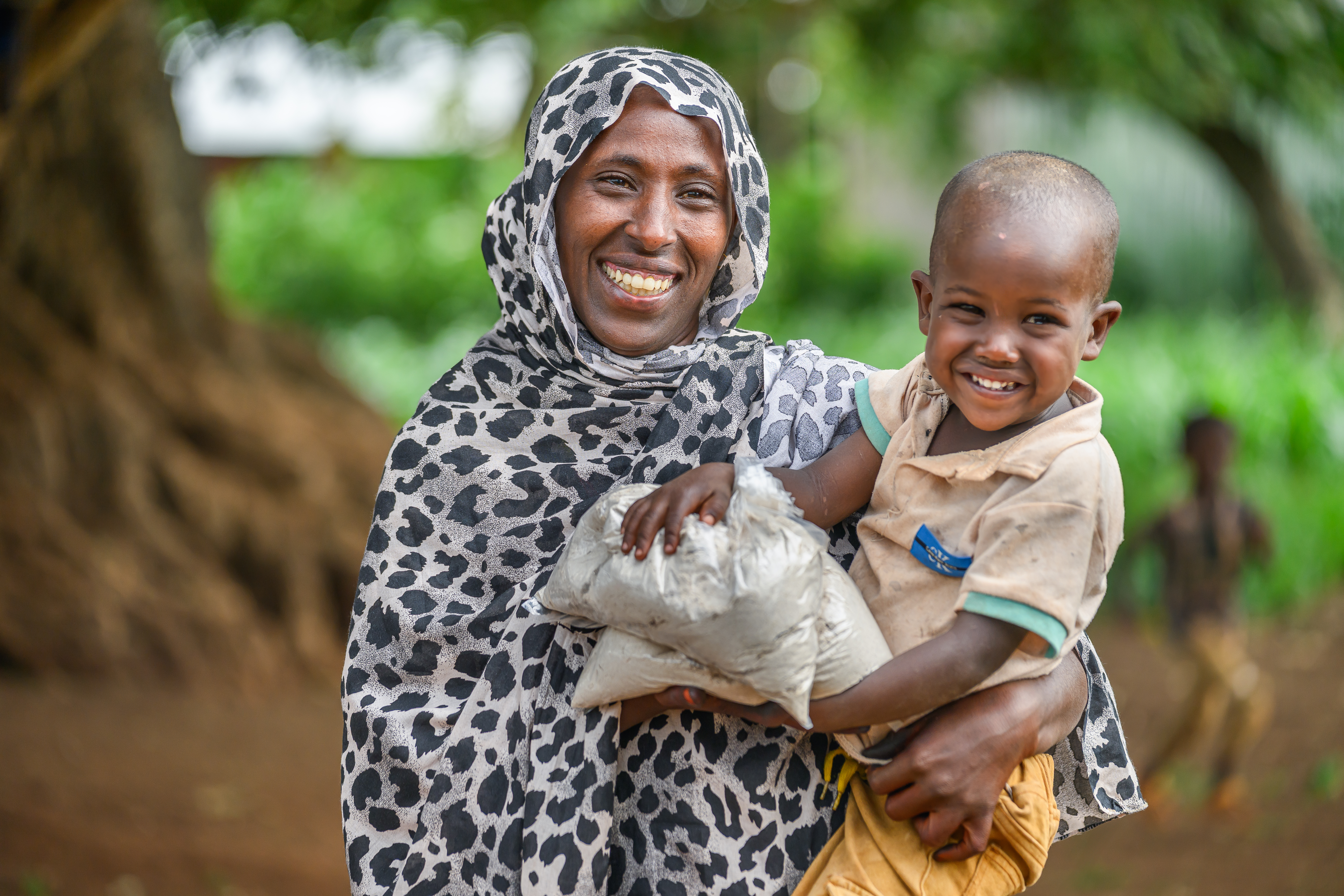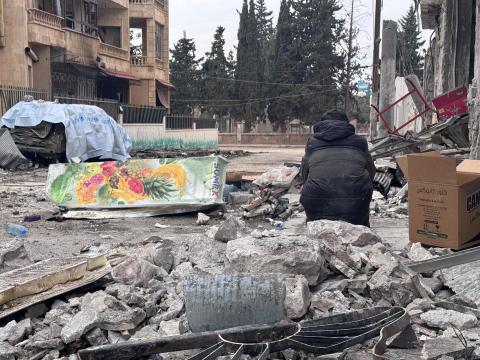
Why won’t governments see the win-win of investing in children?
Food security and nutrition policy expert Andrea Galante says the powerful continue to ignore evidence: national decision-makers should make children the focus of overseas development assistance.
7 August 2025.
If you knew a financial product would guarantee a 10 to 1 return on your investment, you would reach for your cheque book. If by paying for your daughter’s education you could guarantee a 20% bump in her future earnings, you would be daft not to. But governments just don’t seem interested in investing in a proven opportunity that gives exactly these kinds of financial return: children.
Broken promises
As far back as 2015, world leaders made a bold promise. They agreed that investing in children and young people is essential to achieving inclusive, equitable, and sustainable development for all. That principle is embedded in the Addis Ababa Action Agenda and across the Sustainable Development Goals (SDGs).
Yet, here we are, a decade on and the world is falling short; overseas aid is decreasing, the gap between rich and poor is growing, climate disasters are intensifying and in the very spaces where the world’s financial priorities are being set, the needs and rights of children continue to be overlooked.

Missing pieces
The official outcome of the recent Financing for Development conference, the Sevilla Commitment, makes the right noises. But as is so often the case when national decision-makers draw up plans, where are the specific commitments to children?
This exposes a critical gap: children are often overlooked when policy and financing frameworks are drawn up. That has real profound consequences: fewer school meals, fewer vaccinations, less healthcare, fewer safe spaces to learn and grow, and ultimately, fewer opportunities for children to grow, flourish and, ultimately, to be contributing to their society and national GDP.
Voices of reason
Kudos to the Government of Ireland, who co-hosted a high-level side event at Financing for Development Putting Children First: Critical Investment for Sustainable Development. It featured government leaders from Ireland, Indonesia, Zambia, and Spain, as well as senior voices from UNICEF, Save the Children, and World Vision, as well as the voice of affected children.
Voices of children like 12-year-old Lebohang in Lesotho: "The government should listen to children's voices before making good plans for them, making good plans to help children to go to school, stay healthy, clean water and to feel safe. The Government should make laws to protect children, keep children safe away from abuse, child labour and early marriages.”
The main message of the side event: investing in children delivers the highest social and economic returns of any investment a country can make.
This was backed up with research launched in Seville, ODA at the Crossroads: Why Putting Children at the Heart Will Create a Brighter Future for All by World Vision and EY Australia that demonstrates why financing systems must place children at the centre of sustainable development.

The findings are striking... If current trends persist, child-focused Official Development Assistance could fall to just 7% of all aid by 2030, almost half of what it was in 2019. While that figure may sound technical, the human cost is devastating. It means less funding for nutrition, healthcare, education, and child protection; everything children need not only to survive, but to grow and flourish.
On the other hand, the evidence for investing in children is overwhelming:
- Every US$1 invested in children can generate up to US$10 in long-term economic and social benefits.
- Educating girls can raise their future income by 20%, improve community health, and reduce poverty.
- Supporting young children with proper nutrition can yield returns of up to US$23 for every dollar invested.
British MP, Sarah Champion shows that there are leaders in government who do get it:
“Across the globe – from the Middle East to Sub-Saharan Africa and from Europe to the Indo-Pacific – children are bearing the brunt of a heart-breaking range of intersecting crises. Despite children being among those most affected by poverty, conflict and hunger, only 5% of global ODA spend is directly child related.
“Prioritising investment for children makes sense and is the way to maximise the benefits from ODA programmes and I hope the publication of this report will be an important step in addressing the inequalities in ODA spending”.
Given there has been so much recently in the news about children struggling and suffering, let’s make sure that all our national leaders know we’ve had enough, that we want them to put children at the centre of budgets, policies, and sustainable development, not as an afterthought, but as a priority in every national and global framework.
To read the report ODA at the Crossroads: Why Putting Children at the Heart Will Create a Brighter Future for All click here.
To learn more about World Vision’s ENOUGH campaign to ensure all children get enough nutritious food click here .
Andrea Galante is World Vision’s Senior Policy Advisor on Food Security and Nutrition, Advocacy, and External Engagement. With over 20 years’ experience driving global advocacy and policy across the UN, G7, and G20. She has held senior roles at FAO and WFP, and previously served as Professor of Nutrition and Master’s Programme Coordinator at Centro Universitário São Camilo.
